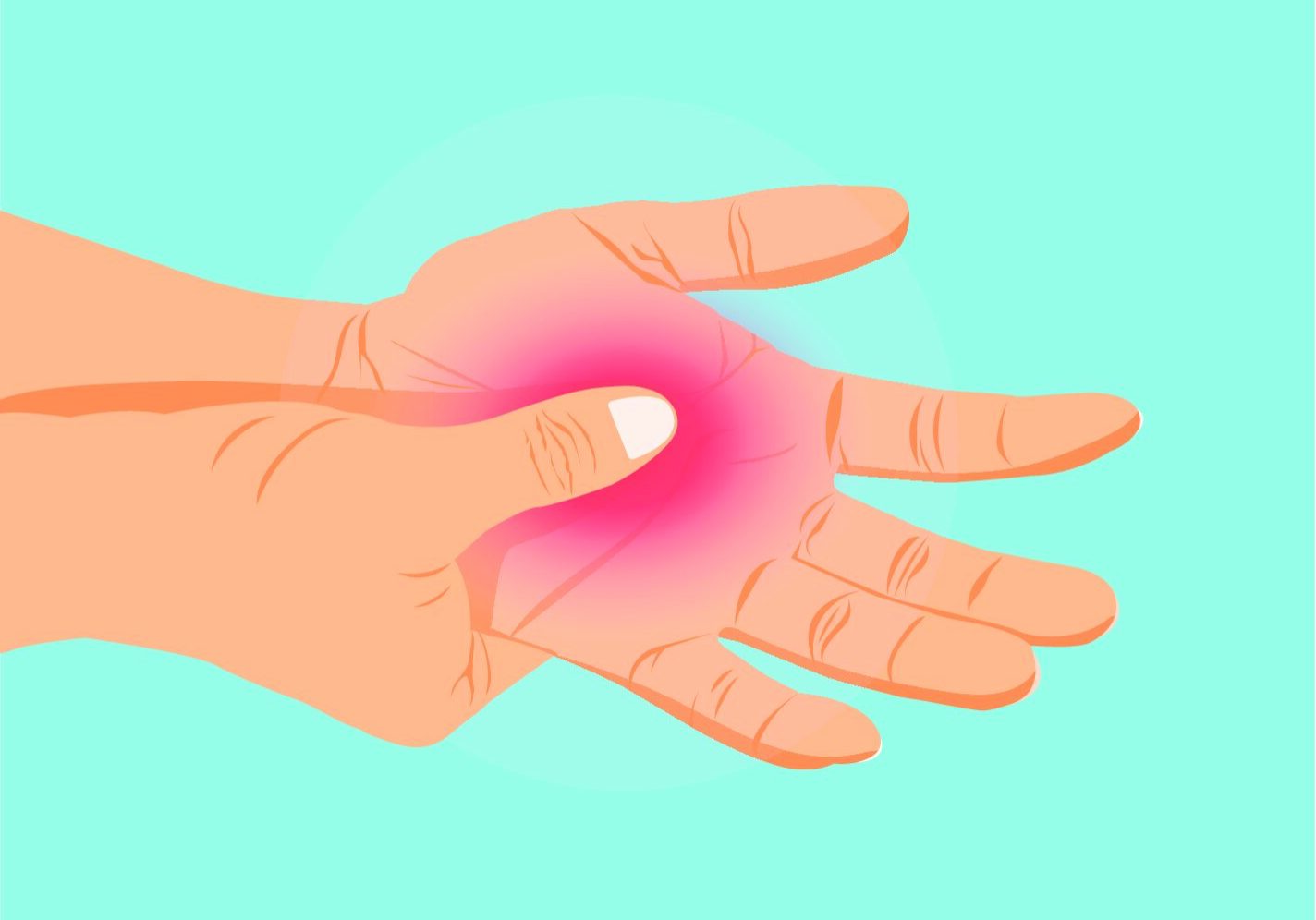May 2012 No. 19
INTEROSSEOUS MUSCLE TIGHTNESS TESTING
Judy Colditz, OT/L, CHT, FAOTA

INTEROSSEOUS MUSCLE TIGHTNESS TESTING – ARE YOU DOING IT CORRECTLY?

The common term “Intrinsic Tightness Testing” is a misnomer as it describes a maneuver specifically designed to test tightness of the interosseous muscles. The interosseous muscles are small, short-fibered muscles contained within a fascial compartment between the metacarpals and are more prone to adaptive shortening in the presence of edema and limited mobility than are the slender longer-fibered lumbrical muscles. Because the origin and the insertion of the interosseous and the lumbrical muscles differ, they cannot be tested with the same test. The test described below should be correctly called the Interosseous Muscle Tightness Test.
Position for testing interosseous muscle tightness
TEST MANEUVERS
The Interosseous Tightness Testing was first described by Finochietto in 1920. It consists of:
1. Passive flexion of MP and PIP joints of one finger (with the MP joint in neutral alignment radially and ulnarly) while observing/measuring the range of passive PIP joint flexion.
2. Passive extension of MP joint (with the MP joint in neutral alignment) with concurrent passive flexion of the PIP joint while observing/measuring the range of passive PIP joint flexion.
EXCLUSION OF THE DIP JOINT
In Finochietto’s original article, the DIP joint is not included in the testing. Since the interosseous muscles primarily extend the PIP joint through the oblique fibers which terminate at the central slip insertion just distal to the PIP joint, flexion of the PIP joint demands elongation of the interosseous muscles. Unfortunately, many therapists and surgeons have been taught to include the DIP joint in testing, which is an incorrect technique.
HOW FAR DO YOU EXTEND THE MP JOINT?
A variable not defined in Finochietto’s description is the extent of passive MP joint extension. If you passively hyperextend the MP joint of a normal mobile finger to absolute maximum, resistance to passive PIP joint flexion will be created.
Conversely, most of us are able to actively hyperextend our MP joints while actively holding our IP joints fully flexed, proving that we can elongate our interosseous muscles beyond the position of zero extension at the MP joint. So what is the ideal position for the MP joint when testing?
The best solution to this quandary is to carefully examine the contralateral finger (as long as it is uninvolved/uninjured) to determine the maximum passive MP joint extension possible while the PIP joint is in maximum passive flexion. Although there is no data that contralateral fingers are the same in an individual, this nevertheless is the best way we have to determine the ideal testing position for the MP joint for each finger of each patient. There is a large range of normal among individuals and an attempt to standardize this position for all individuals is not realistic. Many clinicians have been taught to only take the MP joint to a position of zero degrees extension, which is a sub-optimal testing position for most individuals and thus can result in a false negative outcome.
To determine how far to hyperextend the MP joint of the injured/involved finger, examine the contralateral uninjured/uninvolved finger:
1. Simultaneously passively hyperextend the MP joint to its easy maximum while holding the PIP joint in its maximum passive flexion. Measure MP joint hyperextension.
2. This degree of MP joint hyperextension is the desired testing position for the MP of the injured finger.
WHEN IS THE TEST POSITIVE?
The only the question that must be satisfied for the test to be positive is: “Can less PIP flexion be demonstrated with the MP extended than with it flexed?” If you can answer yes, the test is positive.
CAN I TEST FOR INTEROSSEOUS MUSCLE TIGHTNESS WHEN THE FINGER HAS LIMITED PASSIVE MOTION?
The common clinical presentation is stiffness of the entire digit. Interosseous tightness is only one factor in addition to other soft tissue constraints such as capsular tightness and tendon adherence. The examiner may assume that limited passive motion makes interosseous muscle tightness testing impossible. In my clinical experience it is rare that one cannot identify a reduction in PIP passive flexion when the MP joint is extended when interosseous muscle tightness is present, even in stiff fingers with limited passive flexion.
For more great work written by Judy Colditz and her team check out the following link
https://bracelab.com/clinicians-classroom/category/clinical-pearls
REFERENCES/SUGGESTED READING
1. Bunnell S. Ischaemic contracture, local, in the hand. J Bone Joint Surg 1953;35A(1):88-101.
2. Finochietto R. Retracción de Volkmann de los músculos intrínsecos de las manos. Bol Trab Soc Cir, Buenos Aires 1920;4:31.
3 Comments
Leave a Comment
More To Read
Hand Therapy Marketing 101
Marketing 101 – 5 Tips for Your Therapy Clinic Confession: I hate marketing. It’s my least favorite part of my job. It is so hard to open yourself up to that much rejection but still stay positive. It feels like the professional version of blind dating, except the other person probably already has a significant…
Read MoreThe Identification of Mobile Applications for Distal Radius Fractures Rehab.
By Taylor Landholm Chen, Y., Yu, Y., Lin, X., Han, Z., Feng, Z., Hua, X., Chen, D., Xu, X., Zhang, Y., & Wang, G. (2020). Intelligent Rehabilitation Assistance Tools for Distal Radius Fracture: A Systematic Review Based on Literatures and Mobile Application Stores. Computational and Mathematical Methods in Medicine, 2020, 7613569. https://doi-org.methodistlibrary.idm.oclc.org/10.1155/2020/7613569 The Skinny The…
Read MoreHow much pain should a patient have during and after therapy?
How much pain should a patient have during and after therapy? As we all know pain is somewhat subjective. It can be hard to determine how much pain a patient should experience with the type of injury as well as the type of therapy intervention and hand pain treatment. The saying of “no pain, no…
Read MoreSign-up to Get Updates Straight to Your Inbox!
Sign up with us and we will send you regular blog posts on everything hand therapy, notices every time we upload new videos and tutorials, along with handout, protocols, and other useful information.






This is so helpful. I appreciate that there are many variables that make it difficult to standardise. I have a question for anyone wishing to research this…..(having noted the difference on my own hands)……Is there a difference in intrinsic tightness between the dominant and non-dominant hand? (there is a marked difference on my dominant hand = more stiff, than my non-dominant).
more knowledge required
It started in 2019 in my right hand while left hand remained normal. Now it has started in my left hand also.
I wonder if the diagnosis is right.
My middle finger and ring finger are affected the most.